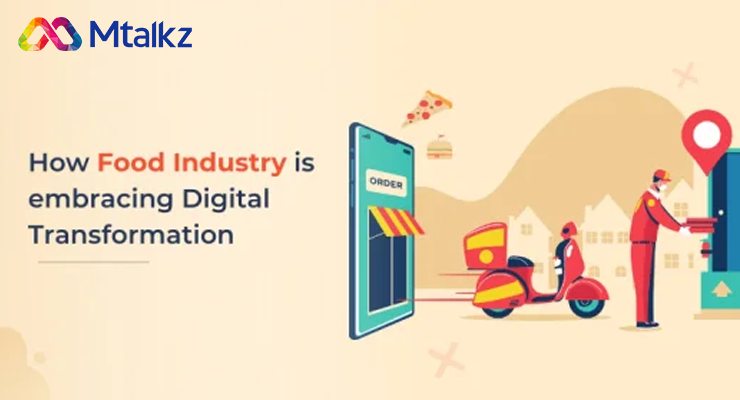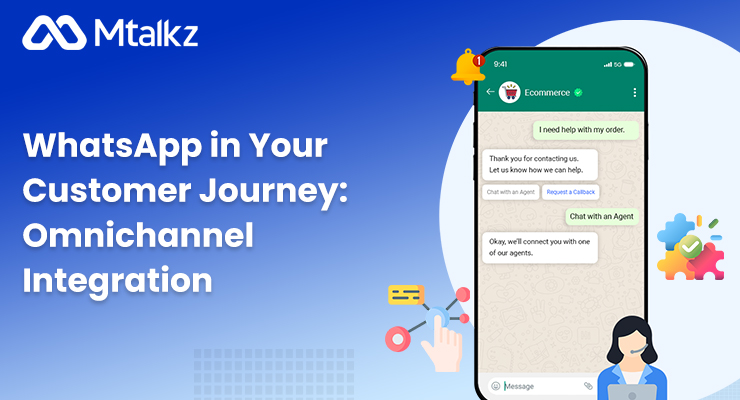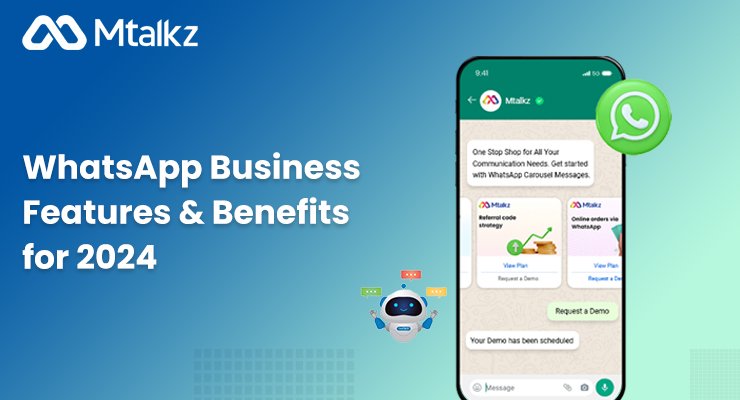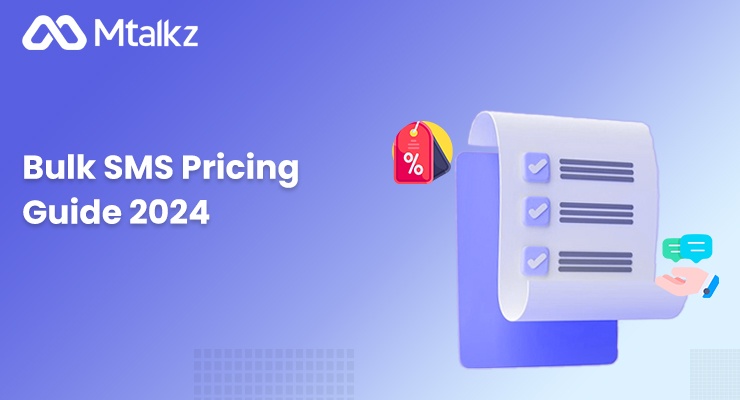Digital transformation is the integration of digital technology into all areas of a business, fundamentally changing how you operate and deliver value to customers. It’s also a cultural change that requires organizations to continually challenge the status quo, experiment, and get comfortable with failure.
Because digital transformation will look different for every company, it can be hard to pinpoint a definition that applies to all. This sometimes means walking away from long-standing business processes that companies were built upon in favor of relatively new practices that are still being defined.
In present time, the food businesses have seen a revolution in terms of bookings and servicing their customers. There are drastic changes which can be monitored in past few years.Let’s consider an example: 10 years ago if Mr. A got his complete family for dinner , he had to book a large dinner table via prior call to the particular restaurant. A few years later, he was able to easily book the table through different dining aggregator Apps a touch of a button. Next, Mr. A also realized that there can be different ways to order the delicious food for his complete family through multiple restaurants, and the option is available along with somehefty discounts over a single platform. Such platforms are also popularly known as , food technology app. Now he started ordering the food from these online platforms where he is able to save both- his money and time.
This above explanation signifies the frontend benefits that the consumers are availing from this transformation, parallelly there are underlying benefits that all the food manufacturers and supply chain companies are benefitting benefited from this digitalization.
We’re listing some of the resilient benefits below:
- Improved manufacturing agility and resilience
- High sustainability and environmental health and safety
- On-time and in full delivery
- Increased productivity
- Improved quality
- Increased performance
- Transparency and traceability
- Reduced non-compliance
The other best example of this digital transformation is the cloud kitchen.
A cloud kitchen—also referred to as a “ghost kitchen” or “virtual kitchen”—is a commercial kitchen space that provides food businesses the facilities and services needed to prepare menu items for delivery and takeout. Unlike traditional brick-and-mortar locations, cloud kitchens allow food businesses to create and deliver food products with minimal overhead.
Now the backup about the supply chain model for these cloud kitchens is the digitalization of the complete ordering process. Where kitchens take the orders through different online mediums and define the TAT of the complete delivery. They use mobile communication medium to reach out to their customers on a real-time basis through various digital resources i.e. notification, alerts, promotions via OTT, SMS, Emails, WhatsApp (using WhatsApp business API) etc. Even if this is dine-in or even online ordering, food tech started the contactless delivery, likewise bills can and the invoices can be received over WhatsApp platform.
Under the pandemic circumstances, this digital transformation penetrated much faster where the people didn’t visit for the Dine in or avoided visit to public places for eating. Hence, they started ordering more through these digital channels, also helping in increase the sale of the businesses. Henceforth we can say that the increase of the digitalization directly impacted the increase of the sales and the revenue part also rejuvenated the complete operation under the particular food organization.









